Omar Metwally
Radar-based Respiratory Rate Monitoring in Standing Position
Mar 09, 2022

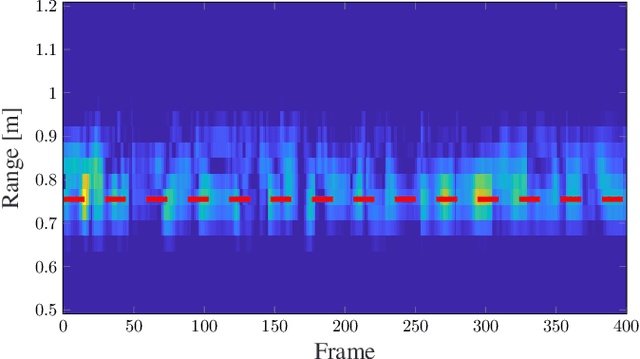
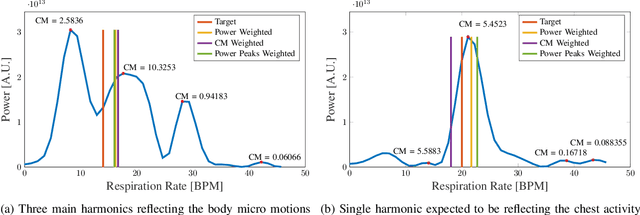
Abstract:Estimating human vital signs in a contactless non-invasive method using radar provides a convenient method in the medical field to conduct several health checkups easily and quickly. In addition to monitoring while sitting and sleeping, the standing position has aroused interest for both the industrial and medical fields. However, it is more challenging due to the micro motions induced by the body for balancing that may cause false respiratory rate estimation. In this work, we focus on the measurement of the respiratory rate of a standing person accurately with the capability of heavy breath detection and estimation. Multiple estimation approaches are presented and compared, including spectral estimation, deep-learning-based approaches, and adaptive peak selection with Kalman filtering. The latest technique is showing the best performance with an absolute error rate of 1.5 bpm, when compared to a Vernier Go Direct\textsuperscript{\textregistered} respiration belt.
A MIMO Radar-Based Metric Learning Approach for Activity Recognition
Nov 02, 2021
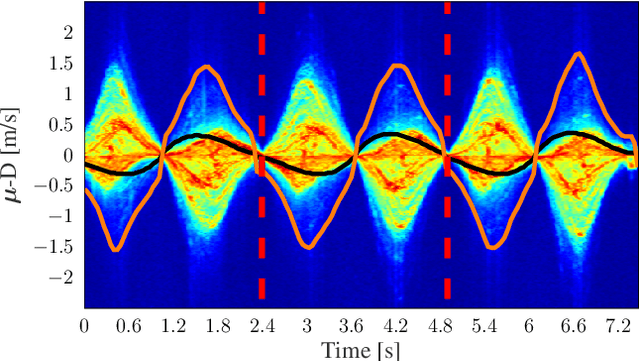
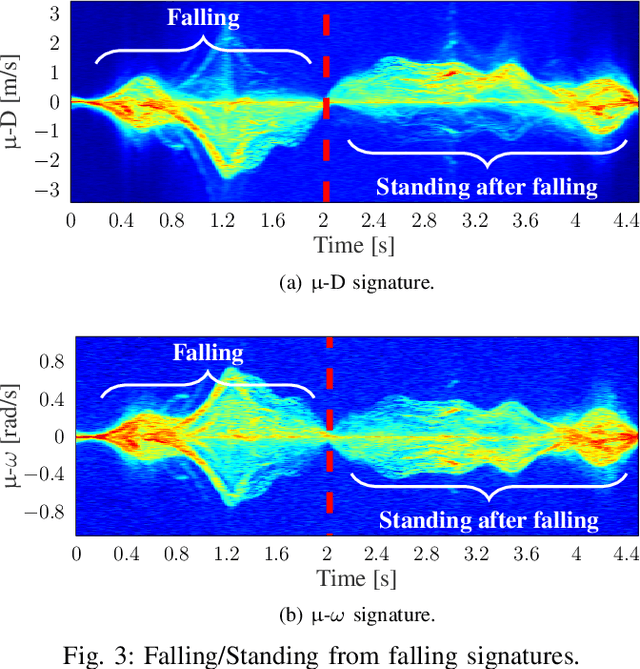
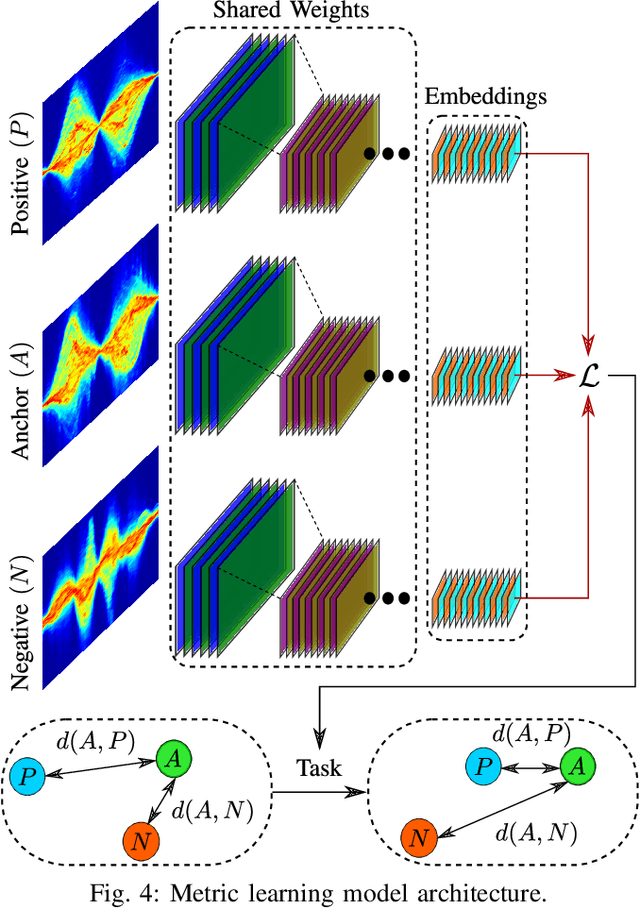
Abstract:Human activity recognition is seen of great importance in the medical and surveillance fields. Radar has shown great feasibility for this field based on the captured micro-Doppler ({\mu}-D) signatures. In this paper, a MIMO radar is used to formulate a novel micro-motion spectrogram for the angular velocity ({\mu}-{\omega}) in non-tangential scenarios. Combining both the {\mu}-D and the {\mu}-{\omega} signatures have shown better performance. Classification accuracy of 88.9% was achieved based on a metric learning approach. The experimental setup was designed to capture micro-motion signatures on different aspect angles and line of sight (LOS). The utilized training dataset was of smaller size compared to the state-of-the-art techniques, where eight activities were captured. A few-shot learning approach is used to adapt the pre-trained model for fall detection. The final model has shown a classification accuracy of 86.42% for ten activities.
 Add to Chrome
Add to Chrome Add to Firefox
Add to Firefox Add to Edge
Add to Edge